Related Research Articles
Kinuko Yamabe Craft is a Japanese-born American painter, illustrator and fantasy artist.
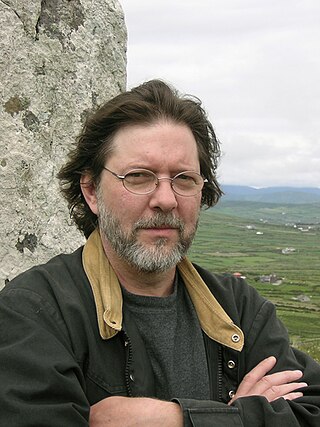
John Jude Palencar is an American illustrator and fine artist, who specializes in works of fantasy, science fiction, and horror. In 2010, he was given the Hamilton King Award. His highly detailed work is described as containing a rich language of symbols and archetypes, which are left open to interpretation by the viewer.

The Art Academy of Cincinnati is a private college of art and design in Cincinnati, Ohio. It was founded as the McMicken School of Design in 1869, and was a department of the University of Cincinnati, and later in 1887, became the Art Academy of Cincinnati, the museum school of the Cincinnati Art Museum. The college is accredited by the National Association of Schools of Art and Design.
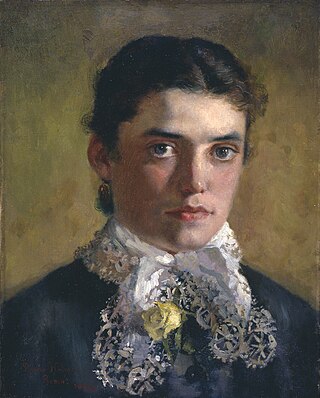
Rhoda Holmes Nicholls was an English-American watercolor and oil painter, born in Coventry, England. She studied art in England and Italy, and her work was viewed and praised at the time by the queens of both countries. A body of work was created in South Africa by Nicholls of Port Elizabeth area's scenery, wildlife and architecture. She lived there on her brothers' 25,000-acre ostrich farm for one year.
Ruth Van Sickle Ford was an American painter, art teacher, and owner of the Chicago Academy of Fine Arts. She credited artists George Bellows, who influenced her interest in social realism, and John Carlson, who founded the School of Landscape Painting in Woodstock, New York, with helping her to develop her talent. She traveled and made paintings in the United States, Caribbean and South America. An award-winner, her works are in many permanent public and private collections. A book has been written about her entitled Warm Light, Cool Shadows: The Life and Art of Ruth Van Sickle Ford.

George Winter was an English-born landscape and portrait artist who immigrated to the United States in 1830 and became an American citizen in northern Indiana's Wabash River valley. Winter was one of Indiana's first professional artists. In addition, he is considered the state's most significant painter of the first half of the nineteenth century. Winter is especially noted for his sketches, watercolors, and oil portraits that provide a visual record of the Potawatomi and Miami people in northern Indiana from 1837 to the 1840s, as well as other figures drawn from his firsthand observations on the American frontier.
Clara Elsene Peck was an American illustrator and painter known for her illustrations of women and children in the early 20th century. Peck received her arts education from the Minneapolis School of Fine Arts and was employed as a magazine illustrator from 1906 to 1940. Peck's body of work encompasses a wide range, from popular women's magazines and children's books, works of fiction, commercial art for products like Ivory soap, and comic books and watercolor painting later in her career. Peck worked during the "Golden Age of American Illustration" (1880s–1930s) contemporaneous with noted female illustrators Jessie Willcox Smith, Elizabeth Shippen Green and Violet Oakley.
Michelle Stuart is an American multidisciplinary artist known for her sculpture, painting and environmental art. She is based in New York City.
Nita Engle was an American watercolorist. She worked as an art director and magazine illustrator and exhibited in and out of the United States. Engle received several awards, including an honorary doctorate from Northern Michigan University. A documentary was made about her entitled Wilderness Palette - Nita Engle in Michigan and she wrote the book How to Make a Watercolor Paint Itself: Experimental Techniques for Achieving Realistic Effects.
Anne Frances Byrne (1775–1837) was a British watercolor painter. Her subject material consisted mainly of birds, fruit and flowers painted in a realistic style. Anne came from a family of artists and occasionally butted heads with her contemporaries and faced criticisms due to sexism among artists and painters in her time.
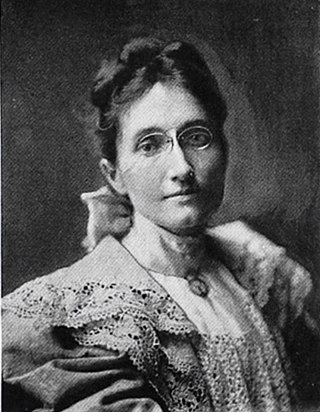
Alice Barber Stephens was an American painter and engraver, best remembered for her illustrations. Her work regularly appeared in magazines such as Scribner's Monthly, Harper's Weekly, and The Ladies Home Journal.

Jennie Augusta Brownscombe was an American painter, designer, etcher, commercial artist, and illustrator. Brownscombe studied art for years in the United States and in Paris. She was a founding member, student and teacher at the Art Students League of New York. She made genre paintings, including revolutionary and colonial American history, most notably The First Thanksgiving held at Pilgrim Hall in Plymouth, Massachusetts. She sold the reproduction rights to more than 100 paintings, and images of her work have appeared on prints, calendars and greeting cards. Her works are in many public collections and museums. In 1899 she was described by New York World as "one of America's best artists."

Ananta Mandal is an Indian artist. He has been recognized with international and national honours for his watercolour, oil, and acrylic paintings. He lives and works in Mumbai, India.
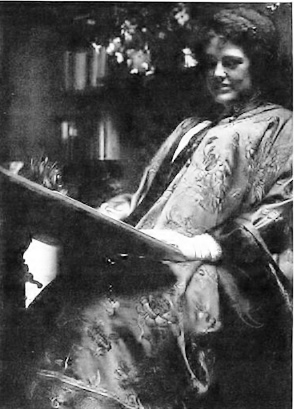
Mary (May) Wilson Watkins Preston was an American illustrator of books and magazines and an impressionist painter. She had an interest in art beginning in her teenage years, but her parents sent her to Oberlin College hoping that she would develop another interest. After three years, and at the urging of one of her teachers, Preston's parents allowed her to return to New York and attend the Art Students League. She then studied in Paris with James Whistler and next at the New York School of Art with William Merritt Chase.
Martha Nilsson Edelheit, also known as Martha Ross Edelheit, is an American-born artist currently living in Sweden. She is known for her feminist art of the 1960s and 1970s, which focuses on erotic nudes.
Florence Howell Barkley (1880–1954) was an American landscape painter and illustrator best known for depictions of seascapes in oil and watercolor and illustrations in many popular newspapers in pen and ink. During this time, she was one of few women who was able to receive formal training in the arts. Although her most well-known work was created in 1912 and exhibited in 1913, her career was disrupted by World War I, and thereafter consisted mostly of freelance illustration work.
Winifred Maria Louise Austen was an English illustrator, painter, etcher and aquatint engraver, particularly known for her detailed depictions of small mammals and birds.
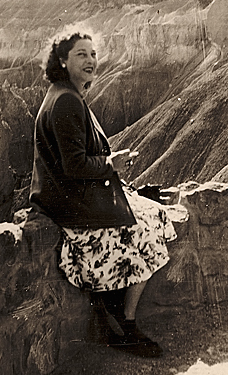
Z. Vanessa Helder was an American watercolor painter who gained national attention in the 1930s/40s, mainly for her paintings of scenes in Eastern Washington. She painted with a bold, Precisionist style not commonly associated with watercolor, rendering landscapes, industrial scenes, and houses with a Magic Realist touch that gave them a forlorn, isolated quality, somewhat in the manner of Charles Sheeler and Edward Hopper. She spent most of her career in the Pacific Northwest, but was popular in New York art galleries, was a member of the National Association of Women Painters and Sculptors, and, in 1943, was included in a major exhibit at the Museum of Modern Art.
Mary Whyte is an American watercolor artist, a traditionalist preferring a representational style, and the author of seven published books, who has earned awards for her large-scale watercolors.
Emma Mendenhall was an American landscape, portrait and still life painter. A lifelong resident of Cincinnati, where she taught at the Oakhurst School, Mendenhall also traveled widely, incorporating scenes of Europe and North America into her work.
References
- 1 2 "Light: Reflection, Transparency and Shadow".
- 1 2 Howell, Trisha . The Journeying Workbook: Adventuring to Unleash Your Inner Power p 224
- 1 2 "Sausalito Art Festival Virtual Gallery - Mary Gregg Byrne". Archived from the original on 2008-09-08. Retrieved 2008-08-05.